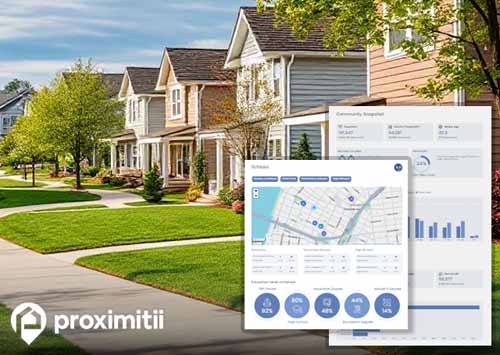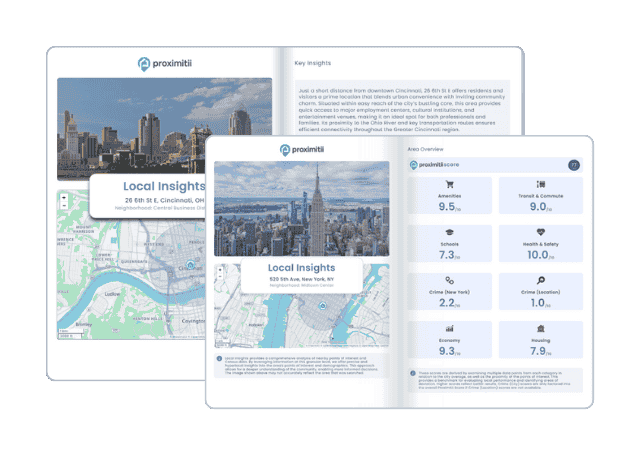| Statistic | Reportedincidents | /100k people | Shenandoah/100k people | Iowa/100k people | National/100k people |
| Total crime | 51 | n/a (estimate) | 1,047 | 1,721 | 2,281 |
| Murder | 0 | n/a | 0.0 | 2.5 | 5.7 |
| Rape | 1 | n/a | 20.5 | 41.3 | 38.0 |
| Robbery | 0 | n/a | 0.0 | 22.3 | 66.5 |
| Assault | 17 | n/a | 348.9 | 213.9 | 264.1 |
| Violent crime | 18 | n/a (estimate) | 369 | 280 | 364 |
| Burglary | 13 | n/a | 266.8 | 218.6 | 250.7 |
| Theft | 15 | n/a | 307.9 | 1,056.8 | 1,347.2 |
| Vehicle theft | 5 | n/a | 102.6 | 165.2 | 318.7 |
| Property crime | 33 | n/a (estimate) | 677 | 1,441 | 1,917 |


When we analyze the latest crime report, the Shenandoah crime rate is 27.4% lower than the national average. These incidents are classified into two primary categories: violent and property crimes. Violent crimes include assault, robbery, rape and murder. Whereas property crimes encompass theft, vehicle theft and burglary. In the case of Shenandoah, there were 31 reported violent crimes, equivalent to 638 per 100,000 individuals, 72.5% higher than the national average. Additionally, Shenandoah recorded 51 property crimes, amounting to 1049 per 100,000 residents, 46.3% lower than the U.S. average.
In the most recently reported crime year, Shenandoah registered zero reported homicides. This statistic not only designates the area as an exemplar of security but also emanates a profound sense of safety within its community. A minimal incidence of severe violent crime not only fosters a strong sense of well-being among residents but also sets a commendable standard for other regions aiming to cultivate similarly safe surroundings.
Before you decide to relocate, it’s always good to ask yourself “Is Shenandoah a safe place to live?” Although the answer might not be that simple, as some areas are safer than others, getting a good feel for the overall rate of crime can definitely be helpful. Overall, the Shenandoah crime rate is 27% lower than the national average. If we break that down daily, that translates into 0.22 crimes per day - 0.08 violent crimes and 0.14 property crimes.
In the most recent crime report, year-over-year crime rates in Shenandoah has increased by 20.6%. Examining the change in crime rates from one year to the next provides valuable insights into the evolving safety landscape of Shenandoah, aiding residents in assessing whether it is becoming a safer or more dangerous place to live. These crime rates are categorized into two primary groups: violent and property crimes. Year-over-year, violent crime has increased by 106.7%, while property crime has increased by 3.8%. This comprehensive analysis offers potential residents essential information for making informed decisions about whether or not Shenandoah is a safe place to live.
Shenandoah has a poverty rate of 17.3, while the national average is 15.1. In the past, there has been a direct correlation between high or low poverty rates and high or low crime stats. Elevated poverty levels and income disparities can contribute to heightened criminal activity, as individuals may resort to unlawful means to address their fundamental necessities. While lower poverty levels have led to a reduction in typical crime levels compared to other areas.
In areas where employment options are limited or where a significant proportion of jobs offer meager wages, the likelihood of heightened unemployment and homelessness increases. Regions facing challenges related to unemployment or inadequate income may become more vulnerable to a surge in crime stemming from economic instability. While low unemployment rates tend to lead to reduced crime in most areas. Shenandoah currently has an unemployment rate of 3.3%, contrasting with the national average of 4.7%. This could be one of many factors that could contribute to a higher or lower crime rate.
Shenandoah has a population density of 1301.8 people per square mile, contrasting with the national average of 90.6 people per square mile. High population density cities are often large urban hubs teeming with diverse economic opportunities. Within these environments, income disparities can become pronounced, leading to higher poverty levels. This economic divide may contribute to an uptick in property crimes and, occasionally, violent crimes. In contrast, areas characterized by low population density typically exhibit lower Shenandoah crime rates.

Why stop at city-to-city? With Local Insights, you can compare neighborhoods, zip codes, or even exact addresses. Access 300+ hyperlocal data points—from schools and crime to housing and amenities—to see which area is the better fit.

| Item | Shenandoah | Iowa | National |
| Law enforcement employees (officers & civilians) | 11 | 3,827 | 558,732 |
| Police officers & civilians /1000 residents | n/a | 1.8 | 3.3 |
| State | Total offenders | Iowa /100K | National /100K |
| Iowa | 6,040 | 205 | 266 |
| City | Population | Violent crime/100k people | Property crime/100k people | Total crime/100k people |
| Sidney, IA | 1,007 | 116 | 594 | 710 |
| Hamburg, IA | 1,300 | 130 | 668 | 798 |
| Farragut, IA | 441 | 339 | 1,744 | 2,082 |
| Essex, IA | 772 | 339 | 1,746 | 2,086 |
| Yorktown, IA | 47 | 346 | 1,780 | 2,125 |
| Blanchard, IA | 25 | 369 | 1,900 | 2,269 |
| Randolph, IA | 263 | 385 | 1,981 | 2,365 |
| Shenandoah, IA | 4,859 | 369 | 677 | 1,047 |
| City | Population | Violent crime/100k people | Property crime/100k people | Total crime/100k people |
| Four Corners, MT | 4,859 | 115 | 476 | 591 |
| Cave Springs, AR | 4,859 | 32 | 302 | 334 |
| Glendora, NJ | 4,858 | 182 | 1,252 | 1,434 |
| Benson, AZ | 4,857 | 320 | 1,404 | 1,724 |
| Denver City, TX | 4,857 | 142 | 615 | 757 |
| Shenandoah, IA | 4,859 | 369 | 677 | 1,047 |